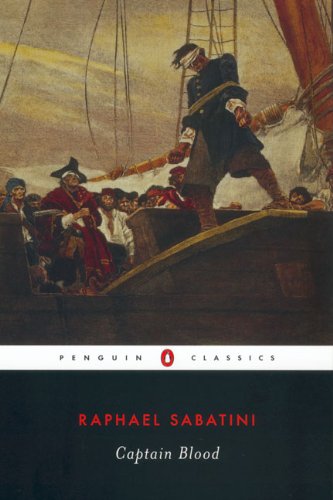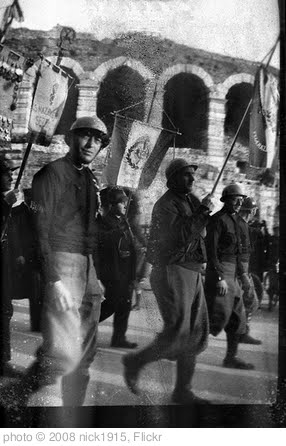I read this Messner published biography back in the summer, but I’m just now getting around to reviewing it. The dust jacket blurb says in a nutshell somethings of what I learned from the book:
“When Frederick Banting discovered insulin, he gave millions of doomed diabetics the gift of life. . . . Banting grew up on a farm in Canada. When his tomboy playmate Jane died at fourteen of diabetes, he was determined to one day find the cause of this mysterious disease. . . . Banting became a university instructor and researcher. He was still puzzled by the mysterious disease of diabetes. . . With Charles Best, his assistant, Banting sweated in a grimy attic laboratory, racing the time allotted him by Toronto University. Alternately sure of success and plunged into despair, they hung on grimly through a series of experiments. They succeeded in discovering Hormone X, but it took many, many months before they perfected the wonder drug—insulin.”
 That’s the short version of the story. But I learned so much more about medical research and diabetes and early twentieth century medicine. Did you know:
That’s the short version of the story. But I learned so much more about medical research and diabetes and early twentieth century medicine. Did you know:
* Until insulin, six out of every ten diabetics died of coma. And almost every juvenile diabetes sufferer died within a few years of diagnosis. Diabetes was a death sentence.
* Banting started out as an orthopedic surgeon, not an internal medicine doctor.
* Banting and Best killed a number of dogs in their experiments to isolate and produce what they called “isletin” (insulin), but they considered the dogs as “soldiers in the war against disease” and treated them as humanely as possible.
* Much of the research time they spent was unpaid. Banting and Best lived in poverty while they conducted their experiments to find the hormone that would control diabetes in those who were diagnosed with the “sugar sickness.”
* Banting received the Nobel Prize for his work on insulin, but instead of recognizing Charles Best as co-discoverer, the Nobel Prize committee named Dr. Macleod, the head researcher at Toronto University, who had been less than encouraging in the research of Banting and Best and not present for most of it.
As I have often said, I am interested in many things. This biography of a revolutionary doctor and medical researcher was an inspiration to persevere in the calling that I have been given, no matter how small. I’m not going to change the lives of millions of people with an incurable disease, but I am called to be faithful just as Banting was.





